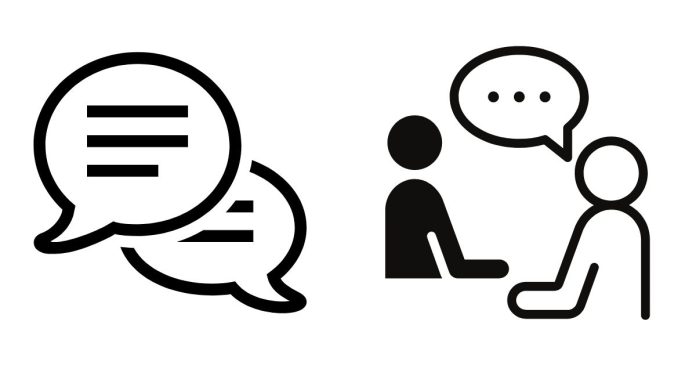The Upper Side Band (USB) is used in communication, particularly in radio communication, under specific circumstances, typically in single-sideband (SSB) modulation. Here’s when USB is used:
1. Single-Sideband Modulation (SSB):
- SSB is a form of amplitude modulation (AM) where only one sideband (either the upper or lower) is transmitted, eliminating the carrier signal. This makes the transmission more efficient by reducing the bandwidth and power usage.
- In SSB, the Upper Side Band (USB) is typically used for most communication, especially in high-frequency (HF) bands (3 to 30 MHz), which are commonly used for amateur radio, military, and commercial communication.
2. Voice Communication (amateur radio):
- In amateur radio or ham radio, USB is the preferred mode for voice communication on most frequencies above 10 MHz. For example, in the 20-meter band (14 MHz), USB is used because it allows clearer, more efficient communication over long distances with less interference.
- On the HF bands, USB helps to avoid interference with the lower sideband (LSB) used on lower-frequency bands, creating consistency and preventing overlap.
3. Military and Commercial Use:
- USB is also common in military and commercial communications. It is especially useful in situations where bandwidth efficiency and long-range communication are required. The use of USB allows for the transmission of voice and data signals with less power consumption and clearer transmission.
4. Global Standardization:
- USB has become a standard in communication for frequencies above 10 MHz due to its efficient use of bandwidth and its ability to deliver higher-quality signals over long distances. It is a global practice in international communication, both for voice and data transmissions.
In summary, Upper Side Band (USB) is typically used in radio communication, especially in SSB mode, for efficiency, range, and clarity in voice transmissions, particularly in the higher-frequency bands and across global communication systems.


